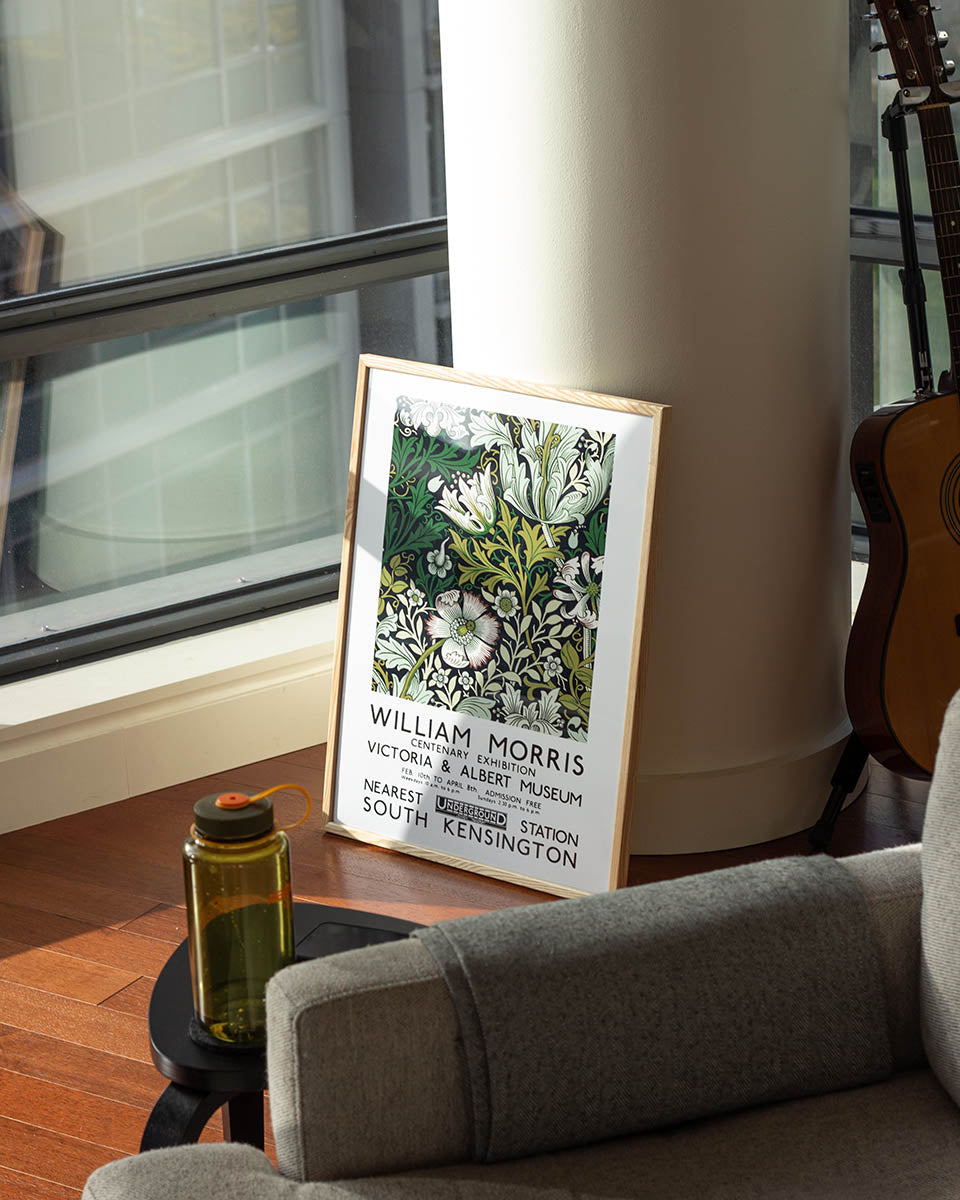
Paper Tales: The Fascinating Evolution and History of Posters
Share
The history of posters dates back to the earliest days of human civilization, where they played an important role in conveying messages, advertising events, and sharing ideas. As a powerful tool for communication, posters have evolved significantly over the years, adapting to technological advancements and cultural shifts. In this blog post, we'll explore the fascinating history of posters and their impact on society.
Ancient Civilizations and the Birth of Posters
The concept of the poster can be traced back to ancient civilizations, such as Egypt, Greece, and Rome. In Egypt, hieroglyphics were inscribed on stone walls and monuments to communicate religious texts, official announcements, and social events. Similarly, the ancient Greeks and Romans used painted or carved announcements on stone slabs, wooden boards, or metal sheets called "album" to publicize laws, decrees, and public gatherings.
The Middle Ages and the Advent of Printing
During the Middle Ages, hand-written posters known as "broadsides" became popular for announcing events and disseminating news. Printed on single sheets of paper, these posters were typically used by governments, religious organizations, and merchants to spread information quickly and efficiently.
The invention of the printing press by Johannes Gutenberg in the mid-15th century revolutionized the production of posters. With the ability to create multiple copies rapidly, posters became more affordable and accessible, resulting in the spread of knowledge and ideas throughout society.
The Golden Age of Posters: Art and Advertising in the 19th and 20th Centuries
![]()
The 19th century marked the beginning of the golden age of posters, as advancements in lithography and color printing enabled the creation of visually stunning and vibrant designs. Posters were no longer just about disseminating information; they became an art form in their own right, reflecting the artistic movements and social context of the time.
During this period, French artists like Jules Chéret and Henri de Toulouse-Lautrec revolutionized poster design with their unique and innovative styles. Chéret, known as the "father of the modern poster," introduced the use of bright colors, flowing lines, and seductive imagery. Toulouse-Lautrec's posters captured the bohemian lifestyle and nightlife of Paris, using bold colors and expressive lines to create iconic images.
The early 20th century saw the rise of Art Nouveau, a style characterized by intricate patterns, curvilinear forms, and natural motifs. Poster designers like Alphonse Mucha popularized this style, creating highly decorative and elegant posters for theater productions, advertisements, and exhibitions.
Posters also played a crucial role during World War I and World War II, serving as powerful propaganda tools to rally support, promote patriotism, and recruit soldiers. Artists like James Montgomery Flagg and Howard Chandler Christy created iconic images that have become synonymous with the era.
The Mid-20th Century: The Influence of Graphic Design and Pop Culture


